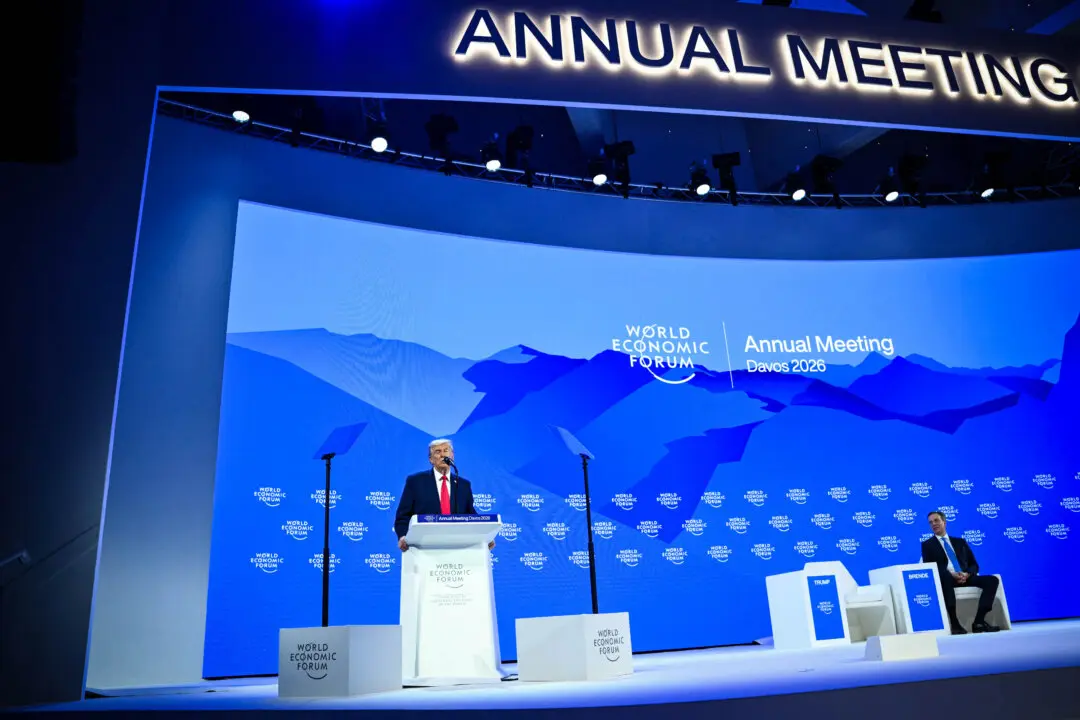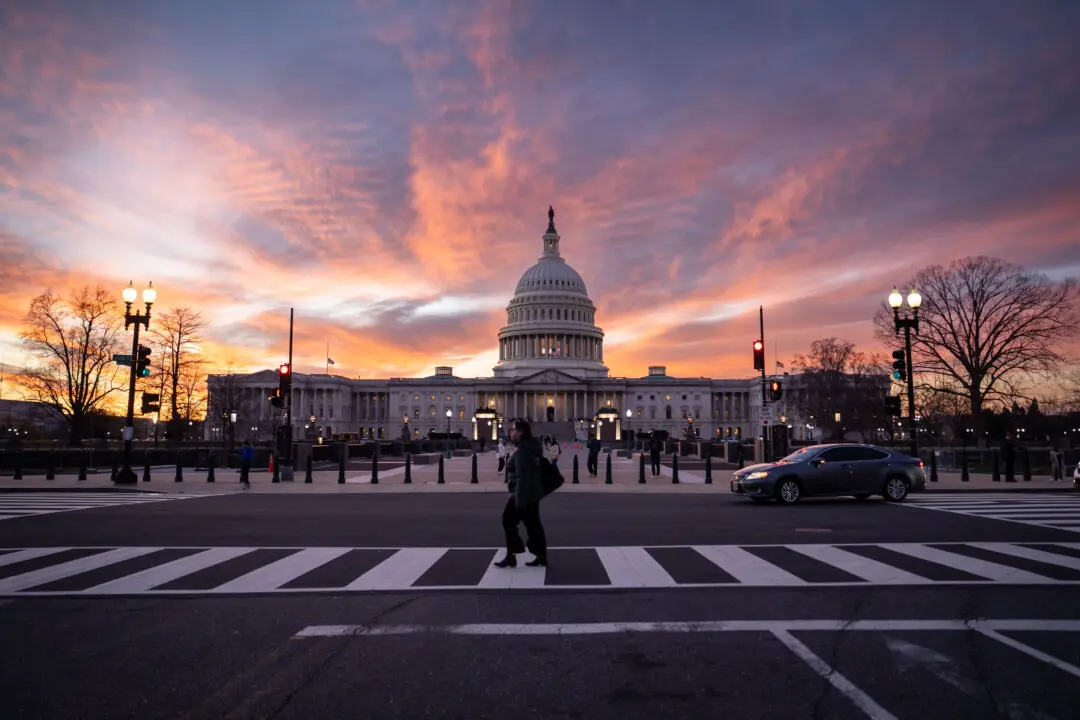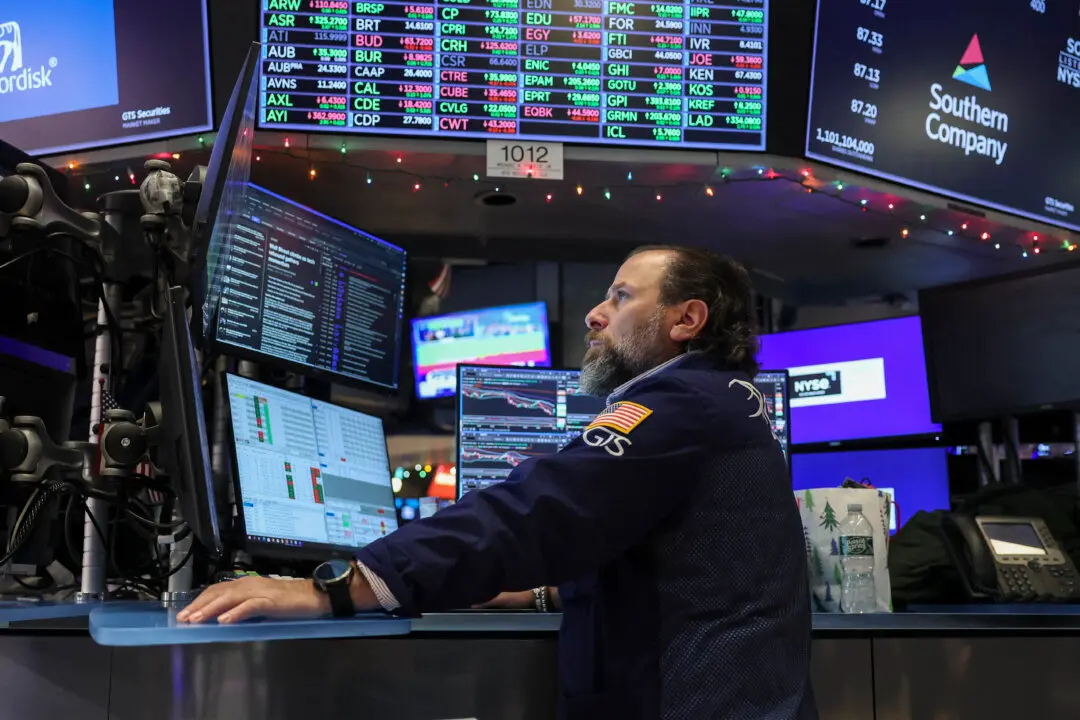The August Consumer Price Index (CPI) report shocked the markets, as the leading benchmark indexes cratered following the inflation data.
Last month, the annual inflation rate slowed to 8.3 percent, down from 8.5 percent in July. The market had anticipated a rate of 8.1 percent.





